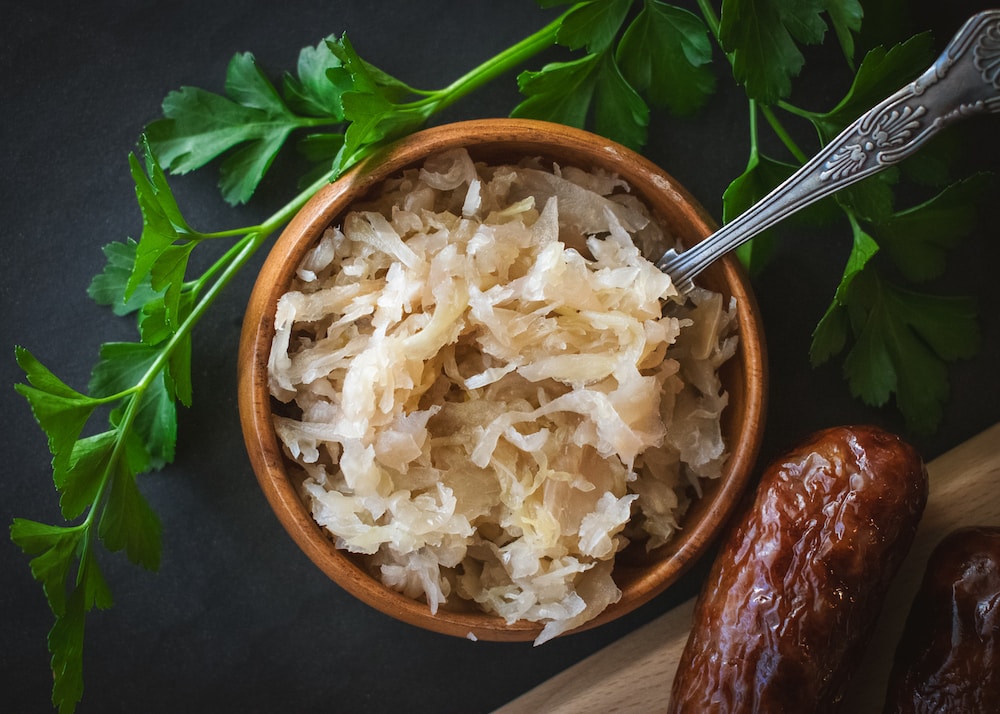Introduction
What is sauerkraut Sauerkraut, also known as pickled cabbage, is a type of preserved cabbage made by fermenting finely shredded white cabbage in salt water. It originated in China, where, as an ancient pickled vegetable, it has a history of over 2,000 years. By the late 17th century, sauerkraut was introduced to Germany, where it became a beloved national dish called “Sauerkraut.” Today, sauerkraut is well-known across the globe.
Nutritional Value of Sauerkraut
Abundant vitamin C What makes sauerkraut so mouthwatering is likely its high vitamin C content. Compared to fresh vegetables, the amount of vitamin C contained in sauerkraut is staggering. Properly made sauerkraut can provide up to 30mg of vitamin C per 100g, which is 3 times that of lemons and five times that of oranges. This is tremendously beneficial for boosting immunity and resisting disease.
Probiotics In addition to vitamin C, another star component of sauerkraut is the abundance of probiotics. These “good bacteria” are sauerkraut’s killer asset. Probiotics like lactic acid bacteria can inhibit the growth of harmful bacteria, promoting gastrointestinal health. Eating sauerkraut regularly can prevent disorders like diarrhea and constipation while improving appetite and nutrient absorption.
Other nutrients On top of the above, sauerkraut also contains appreciable amounts of vitamin K, B vitamins, calcium, iron and more. These nutrients play major roles in bone development, metabolism, blood cell formation, and other bodily functions.
The Role of Sauerkraut in Cuisine
Kimchi and stir-fries In Chinese and Korean cuisine, sauerkraut is an indispensable ingredient used in cooking. Kimchi refers to various fermented dishes made with sauerkraut as the main component, such as pickled cabbage and radish, providing a refreshing sour taste that stimulates the appetite. Stir-fried sauerkraut is also a common choice in home cooking, typically combined with meat to add flavor.
Soups and stews Sauerkraut is also a premium ingredient in many soups. Dishes like sauerkraut fish and pork knuckle stew are named after the generous addition of sauerkraut. The characteristic sourness and subtle bitterness lend unique aromatic nuances to these hearty dishes.
Global consumption Across the world, sauerkraut has become a popular flavor-enhancing condiment. Germans enjoy sauerkraut with sausages or even as a pizza topping. Eastern Europeans make it into salads. Transcending borders and cultures, sauerkraut establishes itself as an indispensable part of diversified cuisines.
Conclusion
In summary, this time-honored pickled delicacy cherished not just in China but increasingly globally has a unique sour and tangy taste profile and rich nutritional value that is hard for other vegetables to match.
Recommend eating more Sauerkraut deserves a place in everyone’s daily diet, regardless if you are Asian or Westerner. It gives taste buds a lively experience and provides vitamins and probiotics that can strengthen immunity. So do give it a try, and let sauerkraut spice up your table!
